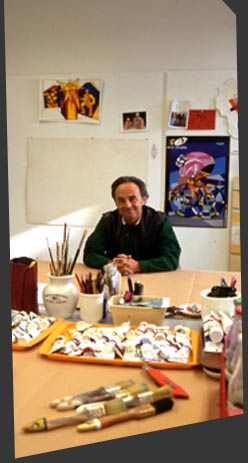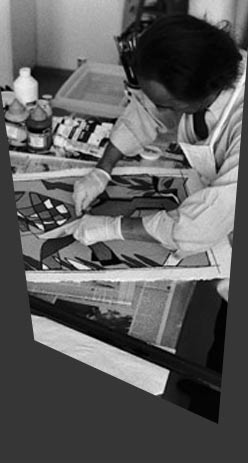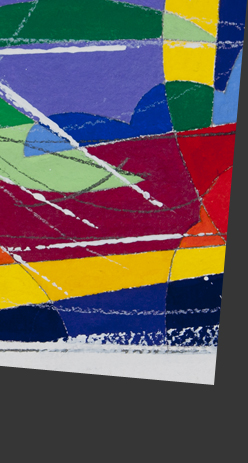Pursuant to a logic which characterizes many experiences of the Italian avant-garde, the people, things and events of Nespolo’s earliest films were shown as a reality unto themselves and thus there was no need to include any particular discursive detail in his films. On the contrary, so anomalous was the dynamic of representation and micro-narration in which the people, things and events proposed in the works he made between 1972 and 1976 were embroiled that it became absolutely necessary to employ a new communicative system of codes and rules in order to understand their raison d’être. Yet, although Nespolo’s new means of representation and narration changed the systems of reference, communication and understanding with respect to his earlier experiments, the intrinsically provocative gratuity of the gesture â which was merely finalized at producing nonsense â nevertheless facilitated the adoption of a less subversive discursive approach.
Nespolo’s first anomalous narrationwasproposed inhis 1972-73 film Con-certo Rituale [â¦], a work whose population of extravagantly adorned characters offered a kind of hyper-figurative European version of Andy Warhol’s Factory. None of the gestures, actions or expressions of the film’s protagonists have any bearing on the everyday life of the group, but rather exist at a level of allusive representativeness as empty rituals of a simultaneously grotesque and sophisticated ceremony with no intrinsic purpose. The gestures of Baj and Piacentino in the scene in which the artists finally seem to be on the point of revealing some kind of hidden vacuity or deeply rooted frustration do not produce anything concrete, but only vague projects and subjective manias with nothing to communicate. The extravagant arena of the avant-garde is unable to find an ubi consistam but is rather catalogued halfway between an aphonic otherness and a codified communication. Con-certo Rituale thus follows in the footsteps of the ritualistic ceremonial films of the American and European avant-garde of Kenneth Anger, Jack Smith, Warhol, Markopulos, Stéphane Marti, Klonaris and Thomadaki.




